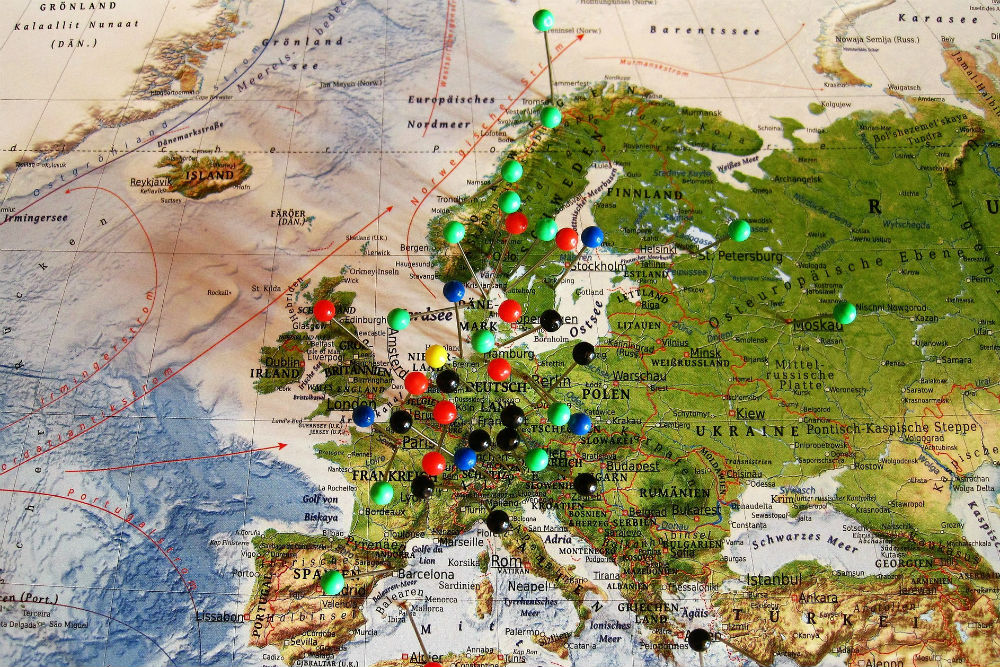The EU Opens to Canadians and Australians, but not Americans
 Photo: Pixabay
Photo: Pixabay The European Union will open its borders to visitors on July 1, but not to travelers from the United States. However, Australia, Canada, and New Zealand and 12 others all made the cut.
After several weeks of uncertainty (during which Portugal, Iceland, and Greece all planned to reopen to Americans, and then reneged), the EU formalized a plan and announced that residents from only a select list of countries will be allowed entry (entry is based on residency, not nationality). Everyone else is banned for now.
That list—published by the European Council and also agreed to by the non-EU countries of Iceland, Norway, Switzerland, and Liechtenstein—approves 15 countries that have met certain health criteria, including a 14-day COVID-19 caseload count that’s close to or below the EU average, plus an evaluation of each country’s overall COVID-19 response (ie., testing, contact tracing, treatment, reporting, containment, and “the reliability of the information”).
The list will be reviewed every two weeks. As of July 1, residents of the following countries will be allowed to travel to the EU:
- Algeria
- Australia
- Canada
- Georgia
- Japan
- Montenegro
- Morocco
- New Zealand
- Rwanda
- Serbia
- South Korea
- Thailand
- Tunisia
- Uruguay
- China, subject to confirmation of reciprocity
- The Council counts residents of Andorra, Monaco, San Marino and the Vatican as part of the EU, so they’ll be allowed entry as well.
U.S. residents eager to travel can choose among several other countries and islands around the world that are not banning them (including England, which just relaxed its rules so that U.S. residents can enter the country as long as they quarantine for 14 days on arrival). For quarantine-less travel options, see The Countries That Have Reopened to U.S. Travelers and What You’ll Find There for our regularly updated intel on those options. For more info about traveling within the U.S., bookmark “Every State’s Coronavirus and Travel Information.”
Canadians, Australians, and others allowed into the EU will find the world’s best Europe trip-planning specialists—those who can ensure smart logistics, no crowds or lines, and safe places to stay and eat—on The WOW List.
Be a safer, smarter traveler: Sign up for Wendy’s weekly newsletter to stay in the know. And read real travelers’ reviews of Wendy’s WOW List and use it to plan your next trip.







